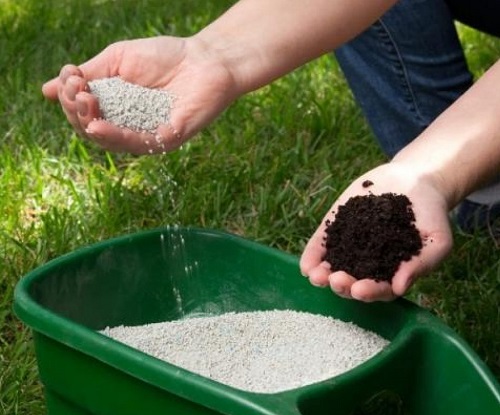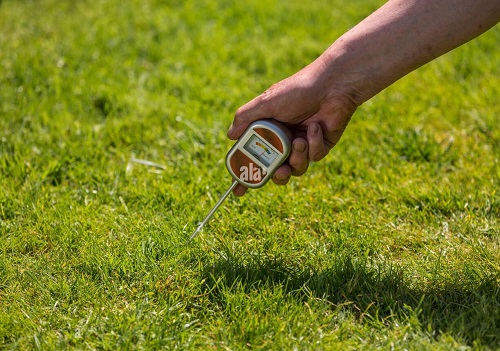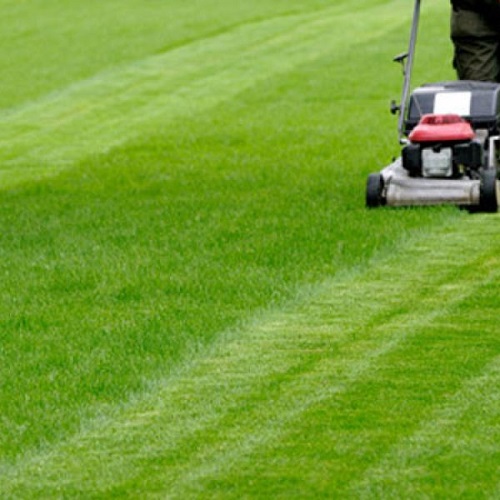Get ready for a greener lawn with the magic of sulfur! Learn How Often Can I Apply Sulfur to My Lawn for a lush and thriving garden!
Want to know the secret to a lush, green, and thriving lawn and the right tools? Keep reading to find out How Often Can I Apply Sulfur to My Lawn and transform your garden into an envy-inducing show-stopper!
Learn Free Plant Tricks to Improve Your Green Thumb here
Benefits of Sulfur Application on Lawn
Sulfur is a soil amendment that, when properly applied, can help your lawn look its best. Over time, sulfur will build up in the soil and change the pH range, promoting healthy and green grass. If you notice yellowing blades or weak shoots, your lawn may be deficient in sulfur.
Fortunately, incorporating sulfur into your lawn care routine can help your grass grow lush and green, improve its density, and make it more resilient against drought, diseases, and harsh winter weather.
Additionally, it will help the grass recover more quickly from fungal infections. In short, applying sulfur to your lawn can lead to a healthier, more aesthetically pleasing lawn that can withstand the elements.
The frequency of applying sulfur to a lawn depends on several factors, including soil type, grass species, and weather conditions. In general, it is recommended to apply sulfur once or twice a year, typically in the fall or spring. Let us see how you can start.
Check out Super Effective Lawn Care Tips for Lush Green Garden here
Sulfur Application in Lawn + How to Start and How Often to Apply Sulfur
Imagine a lawn that’s lush, green, and the envy of the neighborhood. That’s what you can achieve with the proper sulfur application. But don’t be fooled – this soil amendment takes time and multiple applications to show its full potential and also needs some work.
1. Testing Your Soil’s pH
Before you start your sulfur journey, it’s crucial to determine the current state of your soil’s nutrients, which can be done by testing the soil pH. The number should be between 6.0 and 7.0 for optimal turfgrass growth.
Learn How to Check Your Soil pH at Home here
2. How to Incorporate Sulfur
The amount of sulfur you need will depend on your soil’s texture and pH. For example, 10-15 pounds (4.5 – 6.8 kg) of sulfur per 1,000 square feet can lower the pH of sandy soil from 7.5 to 6.5, while soil with a clay consistency may need 20-25 pounds (9 – 11 kg). Over-applying sulfur can burn the grass, so it’s important to make gradual applications.
Check out these Amazing Money Saving Gardening Tips
Note: You can apply up to 5 pounds (2.26 kg) of elemental sulfur per square foot every 3-4 weeks during the cooler months of fall and spring. To avoid damage, don’t apply more than 10 pounds (4.5 kg) per 1,000 square feet per year.
How to Apply Sulfur to My Lawn?
Sulfur can help make your lawn greener and healthier. To apply sulfur, spread it on your lawn or mix it into the soil before planting grass. Wear gloves to protect your skin.
If your soil is clay-like, you may also want to add other soil amendments to make it easier for grass to grow. Water the lawn after applying sulfur to help it absorb into the soil.
It’s best to apply sulfur in cool weather to avoid burning your grass. If you have an established lawn, you can use sulfur plugs to add sulfur to the soil without burning the grass. Remember, the optimum temperature to apply sulfur to the lawn is below 82 °F (28 °C).




